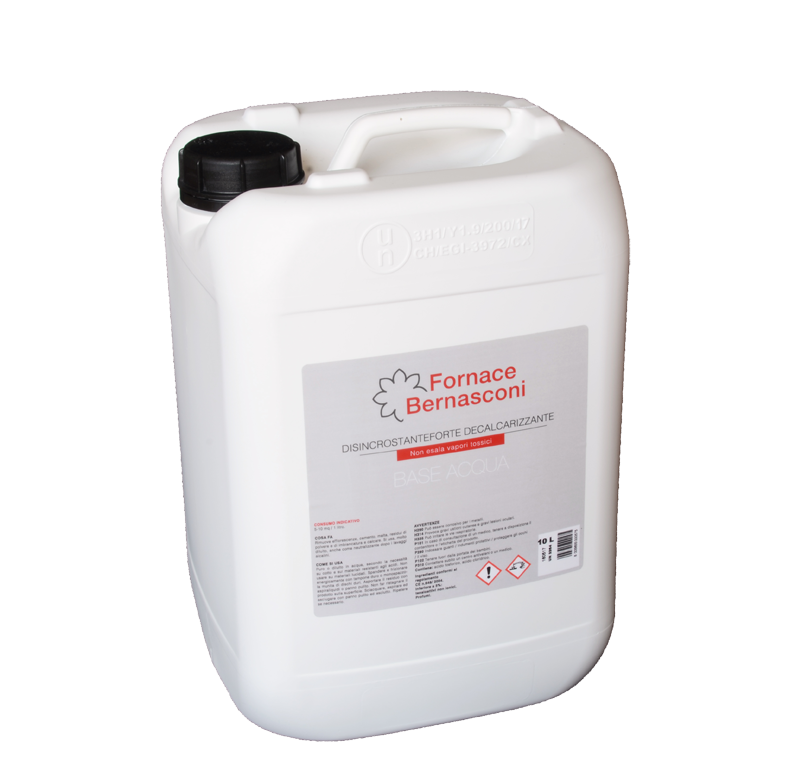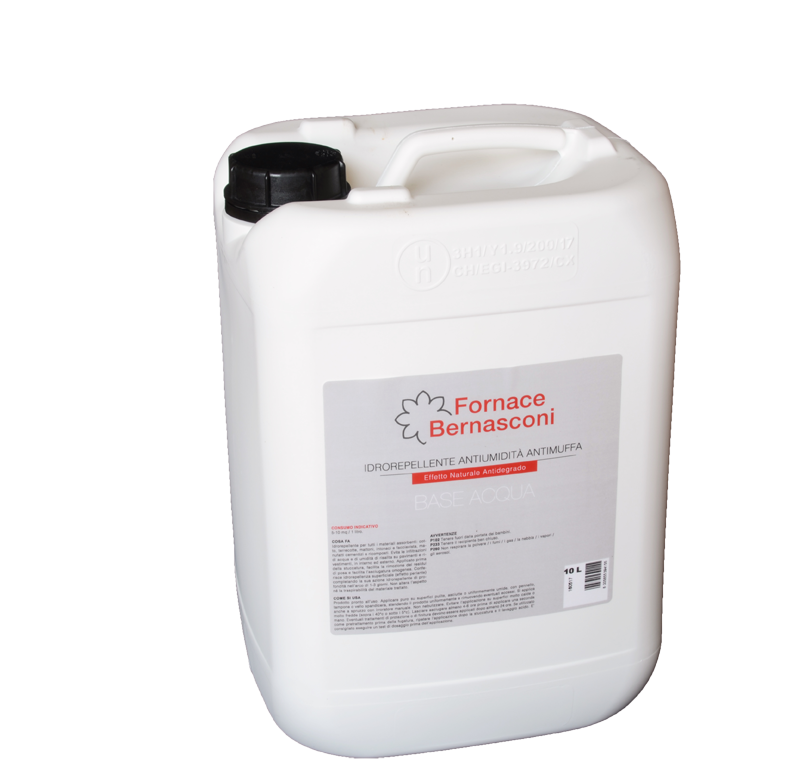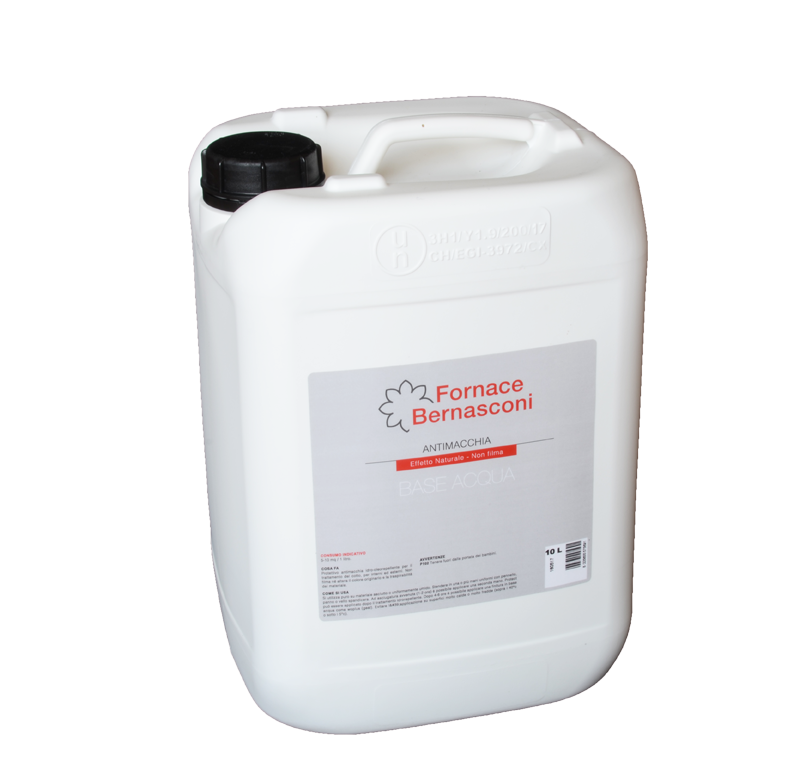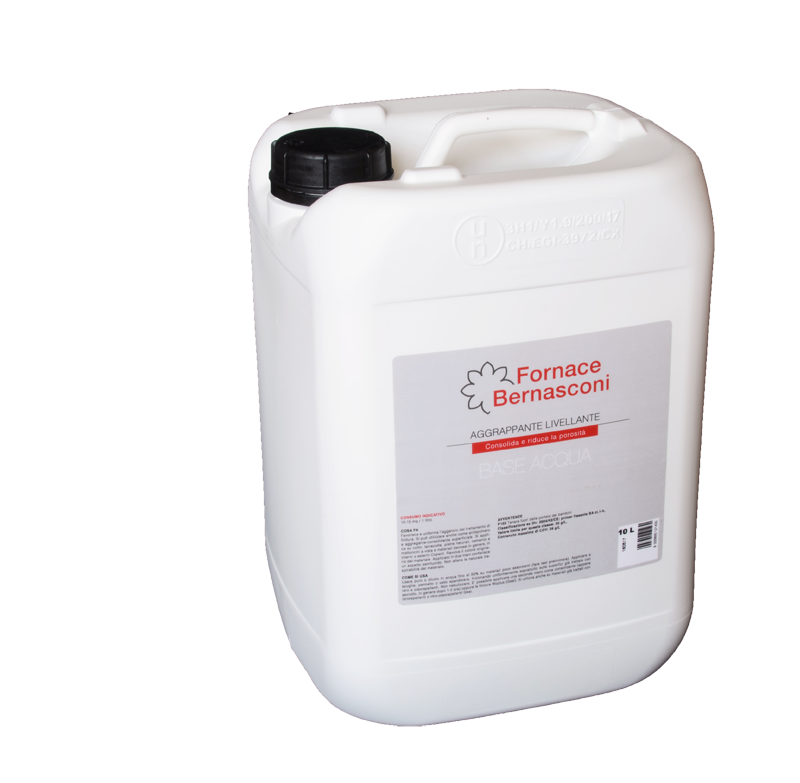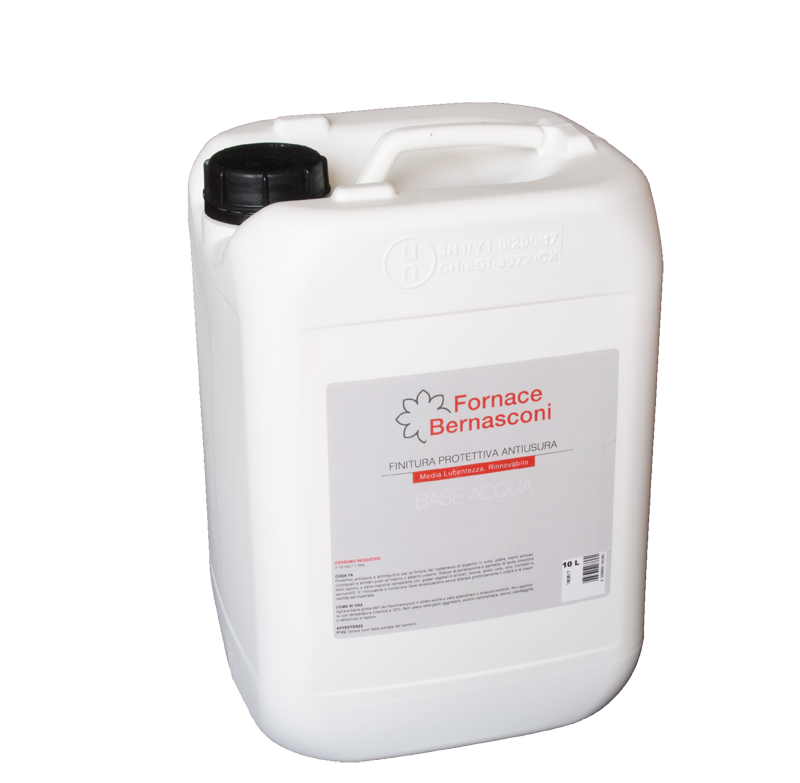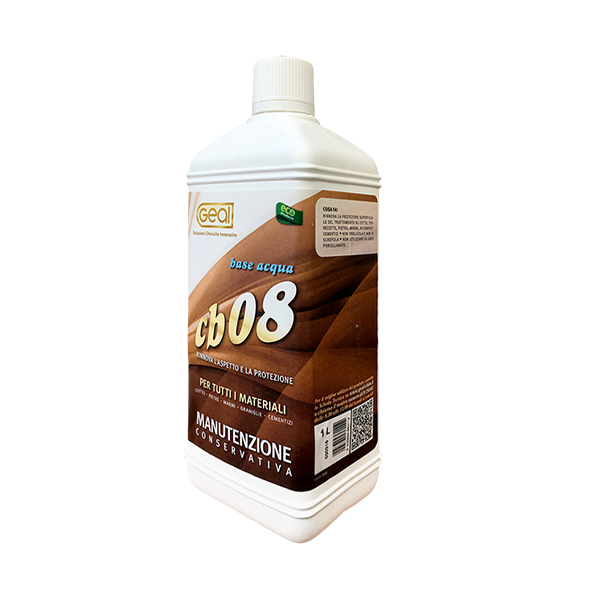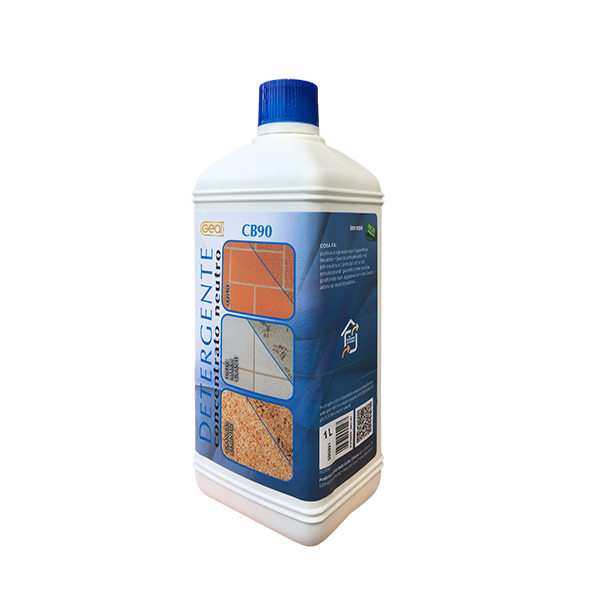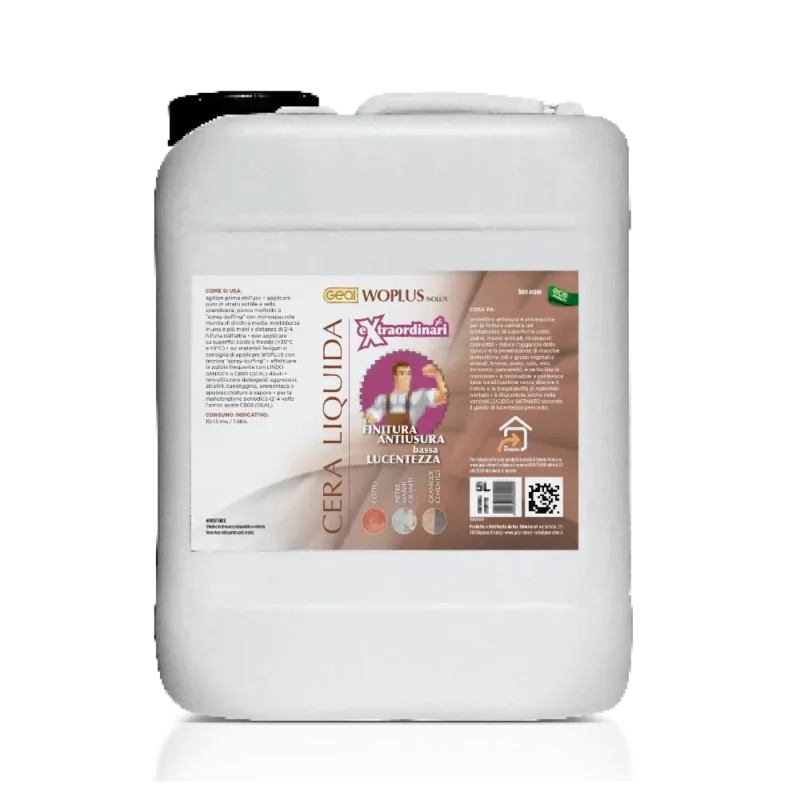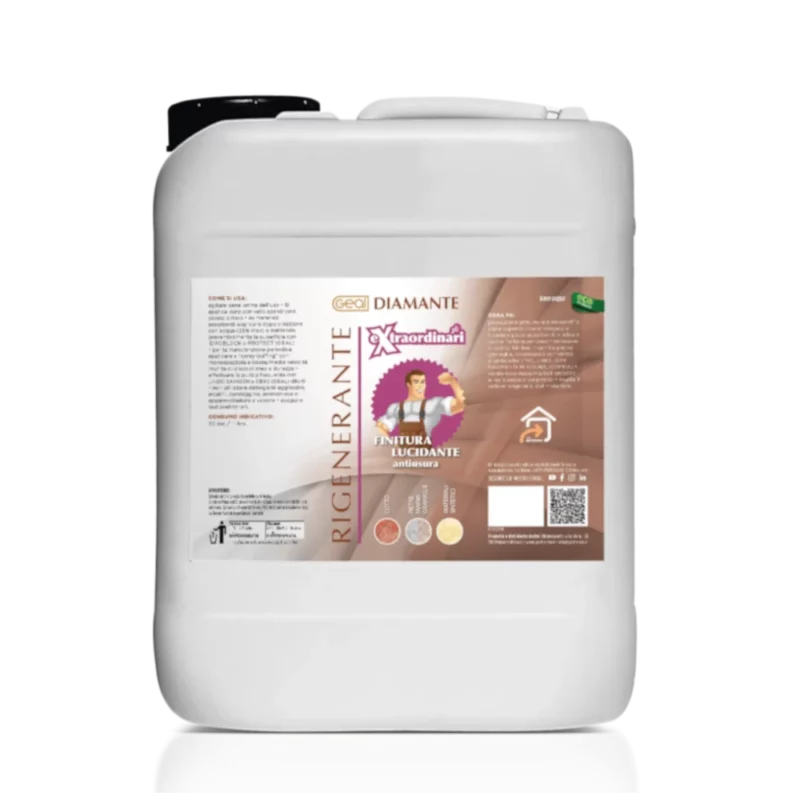After installation and treatment, the terracotta floor is ready to be used: it’s important to know how to clean terracotta to avoid ending up with a stained floor! This is one of the most frequently asked questions we receive from our customers. How do you care for a terracotta floor? What should you use and how should you clean a handmade terracotta floor?
Before discussing how to clean terracotta, we need to make an important distinction:
- Treated indoor terracotta floor;
- Treated outdoor terracotta floor;
- Untreated terracotta floor.
If the terracotta floor has never been treated, our recommendation is to perform a thorough cleaning with buffered acid and water until it is perfectly clean, and then proceed with the initial treatment. If there are any stains, it is possible to try using specific, professional extractors to remove them before proceeding with the treatment.
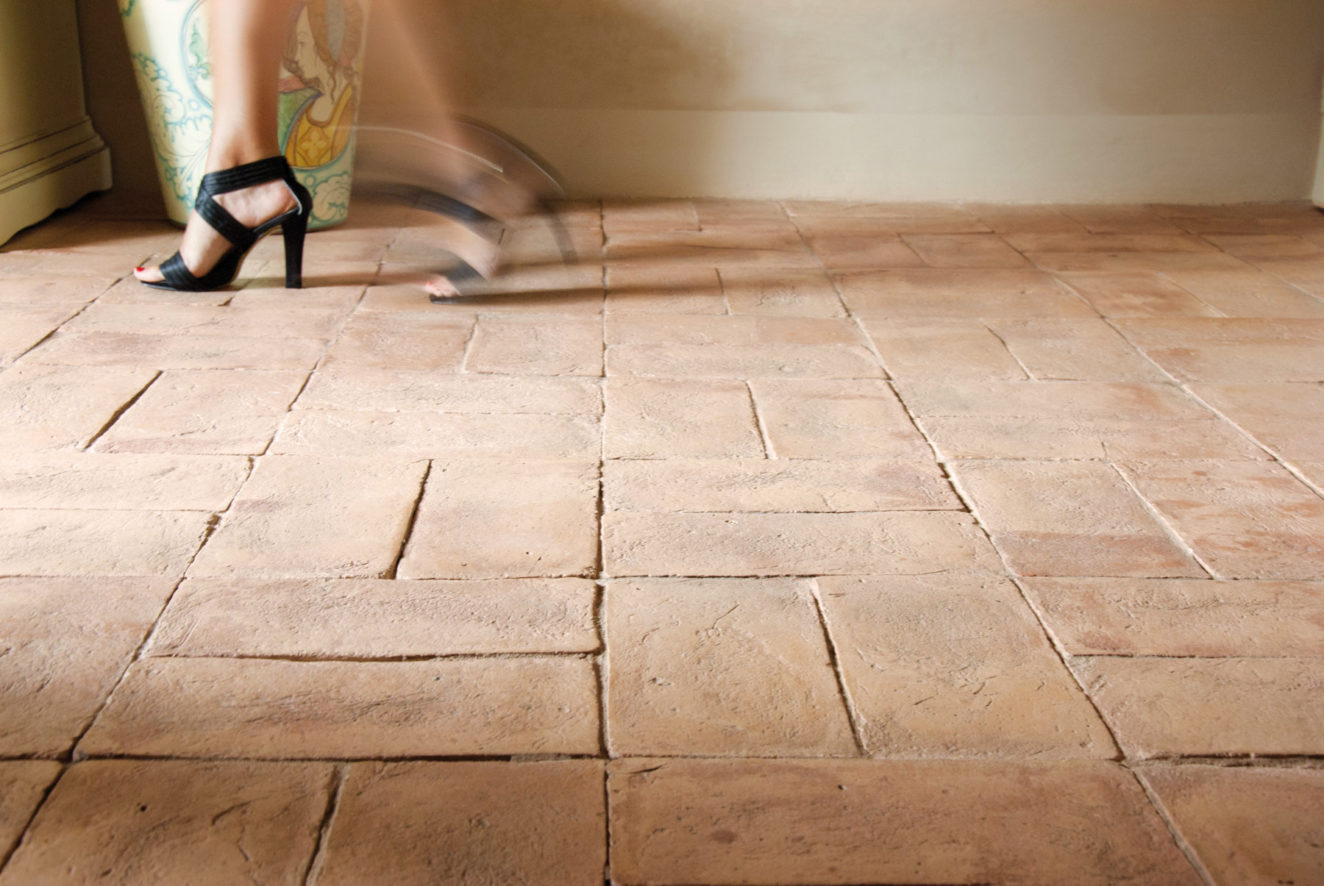
What to use to clean Terracotta floors
The routine cleaning of a treated waxed indoor floor should be done by wiping it with clean water diluted with a little finishing wax or a concentrated neutral cleaner (CB90). Extraordinary cleaning, when the floor is particularly dirty, should be done with pure neutral detergent. In both cases, the first step is to scrub the solution well, then rinse with clean water until the rinse water runs clear. After extraordinary cleaning, it’s a good practice to wait for the floor to dry and then apply maintenance wax with a glossy, matte, or satin finish, depending on your preference.
The waxing step should be done after every extraordinary cleaning and whenever the floor starts to lose its tone (becomes dry). In the first year of the floor’s life, it’s recommended to apply wax at least once every two months. After that, it can be done once or twice a year.
After a few years of treatment, instead of using finishing wax, the CB90 cleaner can be used for restorative maintenance.
For outdoor floors, the first thing to evaluate is whether the floor has ever been treated. If not, we recommend (as previously mentioned) performing a thorough cleaning and then applying a water-repellent, anti-mold, and anti-humidity treatment for outdoor use.
If the outdoor space is also used for gatherings, the treatment can be completed with the application of a stain-resistant product. To clean an outdoor treated terracotta floor, we recommend using only clean water; if necessary, use a pressure washer with an adjustable jet (avoid streaks), especially in areas exposed to the north, where the typical green patina of shaded areas may form. Extraordinary maintenance includes a more thorough cleaning with water and acid, rinsing, and then applying a suitable water-oil-repellent treatment for outdoors. This last operation should be done at least once every five years to keep the outdoor terracotta floor always protected and clean.
What to use to clean Terracotta floors
The choice of products to use for both cleaning and maintaining the waxing is crucial: at Fornace Bernasconi, we always recommend using professional products and never relying on all-purpose products that can be purchased in supermarkets or similar stores. Fornace Bernasconi provides maintenance for terracotta floors throughout Italy. Alternatively, we can supply the necessary professional products and offer expert advice to perform all operations correctly. Also, check out: “How to Revive Terracotta.”
Another very important choice concerns the style. Fortunately, the “white + terracotta” combination virtually fits any aesthetic, and it won’t be difficult to find furniture and accessories in these tones. For those who are still fond of vintage atmospheres (or need to renew a kitchen in a rustic home), we recommend opting for country-style furniture with darker details or decorations typical of American ranches. On the other hand, if you have a more modern vision, you can choose furniture with a linear and simple design.
How to clean an outdoor Terracotta Floor
To clean an outdoor terracotta floor, the precautions are the same as previously described. The difference lies in the products used for cleaning and maintenance. If, over time, the outdoor terracotta floor has become significantly stained, it is possible to restore its original appearance by either hiring a professional or doing the treatment yourself with the right products.
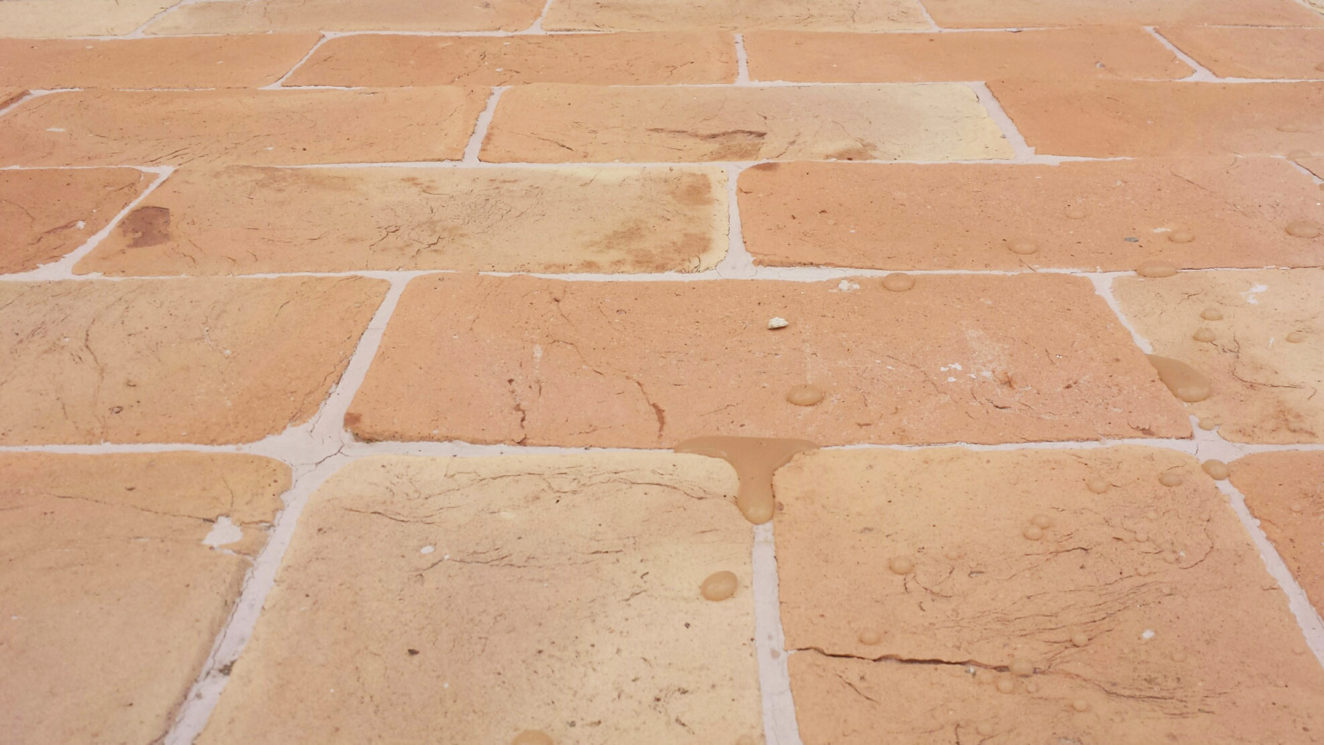
How to clean a non-treated stained terracotta floor
It often happens that we stain the floor of our home. Especially in the kitchen, it’s easy to spill drops of sauce, oil, or coffee: in these cases, it’s important to know how to clean a stained untreated terracotta floor.
Undoubtedly, the sooner you act, the better! If the stain is fresh, the first thing to do is take a piece of absorbent paper and try to blot it as much as possible. Terracotta is a porous material and tends to absorb quickly. If the stain persists, you can try to remove it with the most common home remedy: water and baking soda.
If, instead, the stain has been there for a while and you’re not sure how to clean the terracotta, more care is needed. Try making a thicker paste with baking soda and water (you can also add some oil) and leave it to sit for a few minutes. Then scrub the stain with an abrasive sponge and Marseille soap. At this point, if the stain still persists, treat it with water, vinegar, and dish soap, then rinse with clean water.
To prevent these kinds of problems, it is highly recommended to perform the full treatment of the terracotta in all indoor environments. This will make the surface of your interior floor become stain-resistant and water-repellent!
How to Clean the Grout of Terracotta Floors
There are many natural methods to consider for cleaning the grout of terracotta floors. The first solution, mentioned earlier, is to use a pressure washer with an adjustable jet, spraying buffered acid. It’s important to always remember that when cleaning the grout of a terracotta floor, a small brush should be used to clean the more porous parts of the tile with precision.
For cleaning the grout of indoor floors, there are specific products we can provide. You can also use the previously mentioned concentrated neutral cleaner (CB90). For a clean and precise job, an old toothbrush or any fine brush (never metal) can be used.

